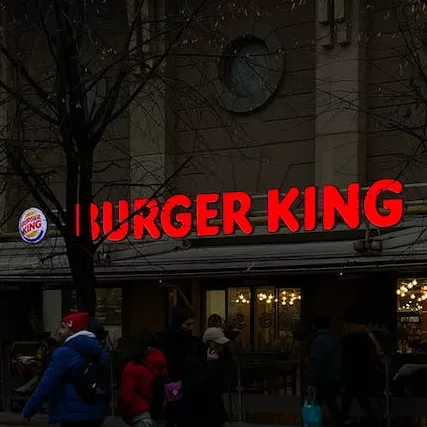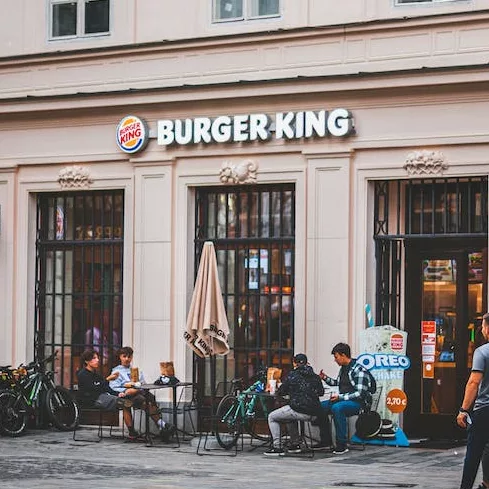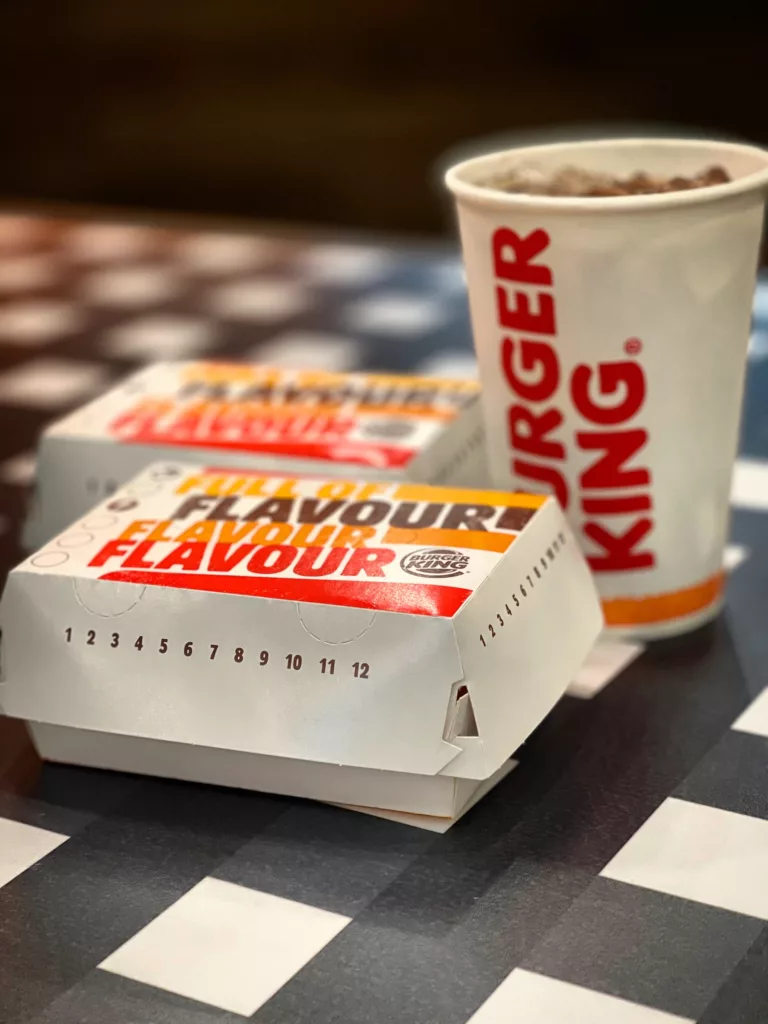Did you know that the average NFL fan watches close to 3,500 commercials each year?
Measuring Authenticity
Breakthrough Research
This year, Breakthrough Research did an incredible job creating metrics for brand authenticity for 2023. In their survey of 5,000 people, they studied 20 categories of authenticity amongst 100 different brands.
They found that people responded well to brands that had attributes like:
- Ethical
- Wholesome
- High Quality
- Relatable
- Has Fair Prices
They also found that people didn’t respond as well to brands that had attributes such as:
- Trendy
- Modern
- Adventurous
- Has a Rich History
- Trailblazer
Additionally, they measured brand actions that impacted authenticity as well. They asked respondents out of 15 metrics, What action was the #1 driver of authenticity? They liked these top actions:
- Treats their customers well (20% said this was the #1 driver)
- Owns up to its mistakes (12.9%)
- Cares about the social impact of their business (10.3%)
How it does it relate to commercial and video production?
On Sunday, from 1pm-11pm, I spent 10 hours of my day on a couch, as any healthy adult would. NFL football is a wonderful product for many reasons. However, everyone knows that the main pitfall of watching football is the 16 mandated commercial breaks in each game. For me, I’ve always been intrigued by the commercials themselves – namely the production value and storytelling aspects. I’ve been connecting brands with customers with video for many years now at Solvis Media. I always pay attention to each commercial & see what they’re trying to achieve. When watching football, or any other television commercials for that matter, you’ll find that plain old TV commercials tell you a lot more about branding and marketing than meets the eye. And a lot of it is lost in the nuances of video production.
A New Blog Series
This post will begin my extensive series on what exactly makes a good commercial. Today, I’ll compare some brand attributes and actions displayed in recent TV commercials.
Brand Authenticity in Commercials
The average NFL fan watches close to 63 minutes of commercials in each game. Additionally, on average, they watch close to 3,500 full 30-second commercials per year. One would think that customers would look away, or go grab a snack, or just turn the TV off during ad breaks. Yet, brands still find this ad space to be incredibly valuable.
Note how many commercials on during games have a lack of call to action – that’s not by chance. It’s by design. For many businesses spending on commercials, this is all about brand awareness. And with awareness campaigns, it’s all about showcasing some of the ethos of the brand itself.

Burger King’s Newest Campaign Brings Back a Familiar Favorite – Did it Capture the Same Energy?
Have it your way!
Burger King recently splurged on a $120 million dollar increase in advertising spend (30% more than their average). At the forefront of the spend is a new version of the “Have it Your Way” tune. This was a successful advertising campaign in the 70s for Burger King. Have a look at this vintage commercial from 1974:
They took this commercial from the 70s, and added a modern spin on it:
Which one is more “Authentic?”
According to the survey, the strongest “Brand Action” that drives brand authenticity is a company that treats their customers well. What better way to show the care for customers, than a commercial focused on positive customer experiences?
What’s interesting about these two commercials is what they choose to focus on. In the 1970’s commercial, they showcased the Burger for about 3 seconds, and focused on the customer interactions. However, here in the new commercial, it was pretty much all burger. There’s still a catchy tune attached to both, but they both come across very different to me. Which one do you prefer? I have my pick.
The Concept Was Right
The idea behind bringing back a successful commercial was awesome. Whether or not they hit or miss on the concept, all depends on their goals. The writing and production quality of the new commercial, in my view, was a bit of a miss if they wanted to recapture the same elements of the previous campaign. However, if they wanted to showcase the product itself, and that’s all, then they succeeded.
The 1970s Burger King “Have it your Way” commercial clearly demonstrates actions and attributes that are a little lacking in this new commercial.
Using the Research to Compare and Contrast
This interaction displayed in the 1970’s ad shows Burger King’s ideal customer interaction – a wholesome interaction between customer and cashier. Special order – fresh, proper high quality. Focus on the customer instead of the burger. You can get a decent burger anywhere in America today – show us why you’re special! These are all things that are considered in production – writing and storyboarding (required shot list), cinematography (how the scene is lit, and what shots to focus on), and then in editing (what shots to keep in, which shots to leave on the ‘cutting room floor’)
This first commercial focused on the main elements of conveying brand authenticity:
Brand Action: Treats their customers well
Brand Attributes: Wholesome, High Quality, Relatable
The second commercial brought some of the lesser desired authentic metrics:
Brand Attributes: Trendy, Modern, Adventurous
However, the second commercial did focus on showing high quality ingredients, which could’ve been their main goal for the campaign. But, if they were trying to achieve authenticity with both commercials, which one was more successful?
My simple take away from the two commercials is: The amount of time focused on the customer vs the Burger.
There are 2 seconds of airtime in the new commercial for the customer. In the old commercial it’s the exact opposite. Around 3-4 seconds of airtime for the Burger, and the rest is the story. A lot of this comes down to thoughtful production phases.
It’s interesting to look at the way these commercials can make potential customers feel. How do you feel after watching both? Which one makes you want to go to Burger King?

Chick-Fil-A’s New Campaign
Their Latest Commercial
From Chick-Fil-A’s site : “You never know when the smallest thing can make someone’s day. When you’re in the restaurant business like we are, you get to observe moments every day where people care for one another… In our increasingly busy world, we believe these little moments of joy and connection matter. What has made a difference in your day? We’d love to hear.”
In the style of Testimonials, Chick-Fil-A was able to recreate some of the authenticity that customers look for in brands. One commercial is a sit-down testimonial, the other is a focus on the product with customer voiceovers.
Brand Action: Treats their customers well
Brand Attributes: Wholesome, High Quality, Relatable
Here, thanks to the writing and direction, these aspects shine through. This is a well-lit, bright scene, with the employee & customers both sharing a couch and chatting about a positive interaction.
In the Brand Authenticity survey, Chick-Fil-A measured at #12 most authentic out of 100 brands, and the most authentic out of any food chain establishment in America.
The survey concluded: “For decades, Chick-fil-A has been a go-to destination for people looking for delicious chicken sandwiches and exceptional customer service, with their staff having a reputation for being friendly, efficient, and going above and beyond to make sure that customers have a positive experience.”
Out of the commercials I’ve scanned through between Chick-Fil-A and Burger King, though, this is my favorite ad:
Things to Consider for Your Brand When Conveying Authenticity
Even when you’re not ready to create a multi-million dollar commercial, I’d always take some of these lessons and apply them to my own brand. Things I consider:
- Always remember your final campaign goal
- Think of the two ads, and what they showed: Burger vs. Customer. If they were trying to achieve the same goal, which ad was more successful?
- Keep your Ethos, Pathos, and Logos in mind when writing
- If the goal is to convey Authenticity – key in on Pathos, which appeals to the audience’s emotions. In video, you can achieve that with proper writing and editing.
- Show, Don’t Tell
- Show experience without claiming authority – video is a very easy way of doing that – just showcase the customer experience, like Chick-Fil-A – have a conversation with a customer (Podcast, Zoom Interview, Testimonial) or showcase a positive customer experience (Case Study)!
What do you think? Did Chick-Fil-A come across as authentic? What about Burger King? I’d love to know your thoughts.


